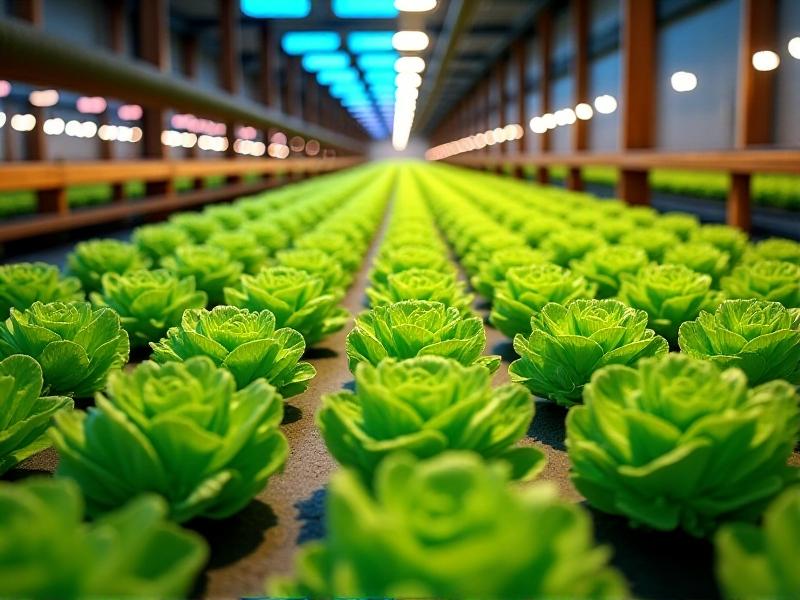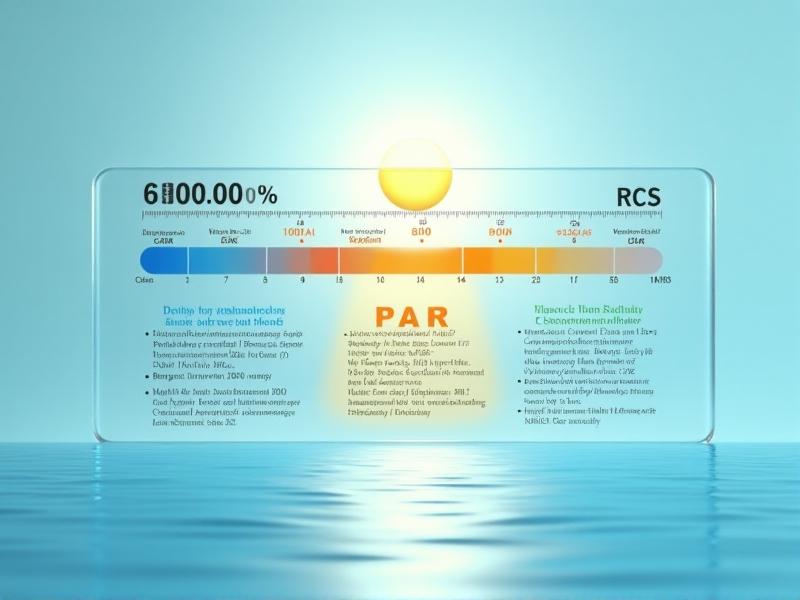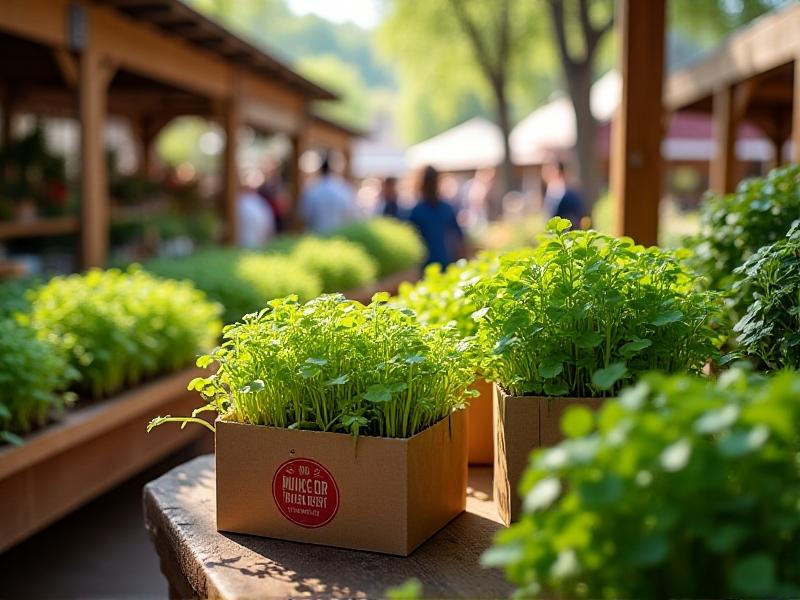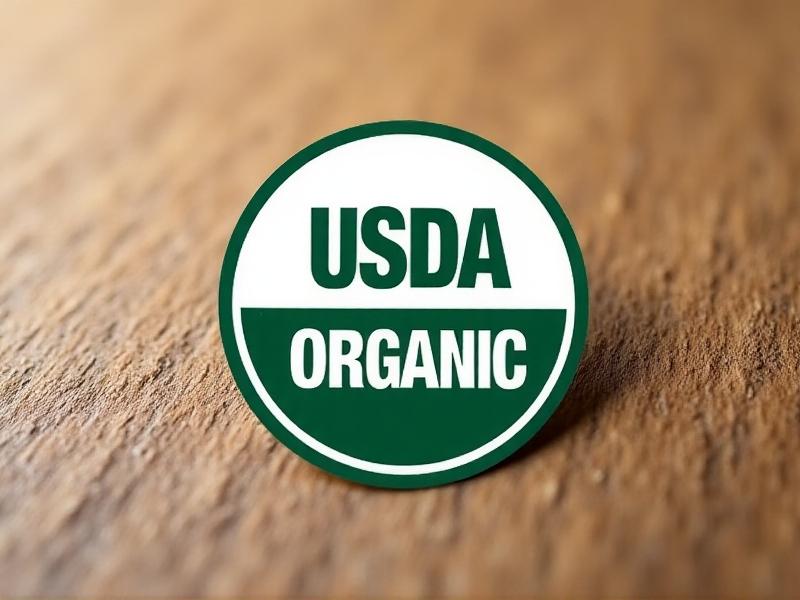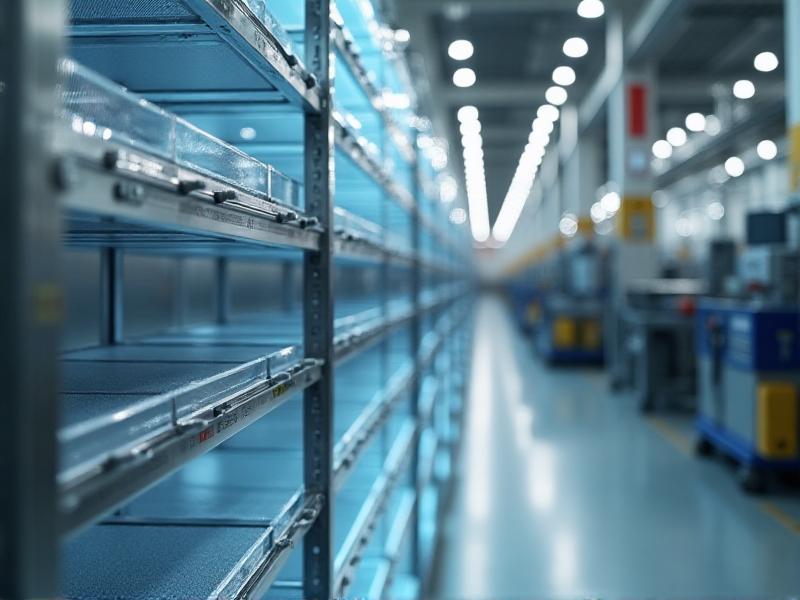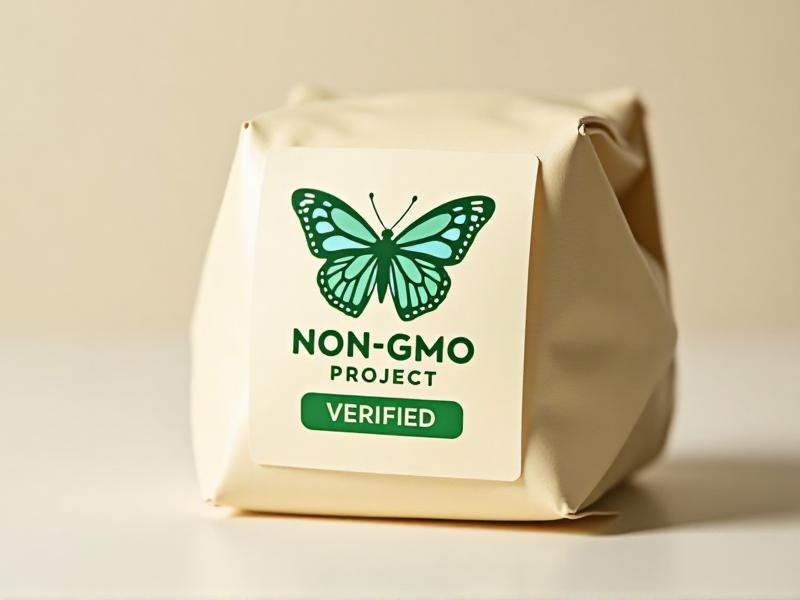Urban Soil Contamination Solutions
Understanding Urban Soil Contamination
Urban soil contamination is a pressing environmental issue that affects cities worldwide. The soil in urban areas often contains harmful substances such as heavy metals, petroleum hydrocarbons, and pesticides, which can pose serious health risks to residents and disrupt ecosystems. Understanding the sources and extent of contamination is the first step toward finding effective solutions. Common sources include industrial activities, vehicle emissions, improper waste disposal, and historical land use practices. Urban soils are particularly vulnerable due to their proximity to human activities and the lack of natural processes to mitigate contamination.
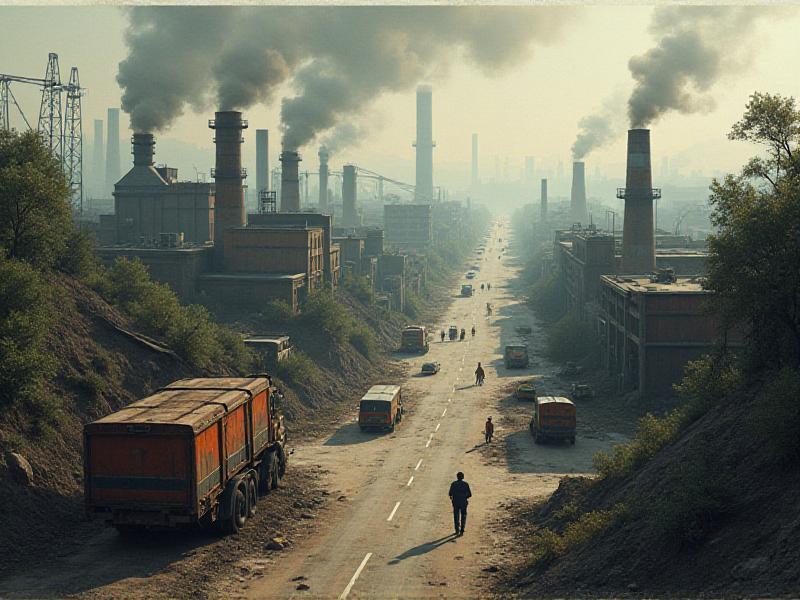
The Health and Environmental Impacts of Contaminated Soil
Contaminated soil can have far-reaching consequences for both human health and the environment. Heavy metals like lead, cadmium, and arsenic can accumulate in the food chain, leading to chronic illnesses such as cancer, neurological disorders, and developmental issues in children. Additionally, contaminated soil can leach into groundwater, polluting drinking water sources and harming aquatic ecosystems. The loss of soil fertility due to contamination also affects urban agriculture, limiting the ability to grow safe and nutritious food. Addressing these impacts requires a multi-faceted approach that prioritizes both remediation and prevention.
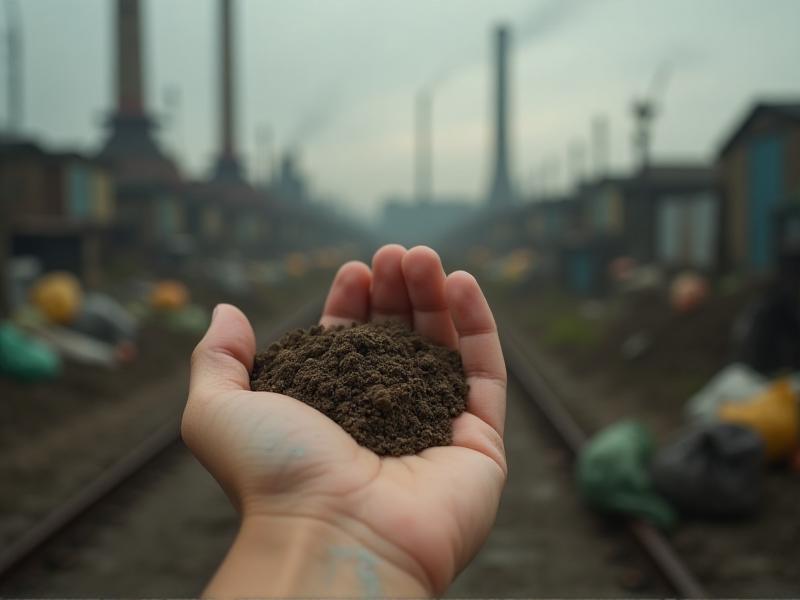
Innovative Soil Remediation Techniques
Remediation is a critical component of tackling urban soil contamination. Traditional methods like excavation and soil washing are effective but can be costly and disruptive. Innovative techniques such as phytoremediation, which uses plants to absorb contaminants, and bioremediation, which employs microorganisms to break down pollutants, offer more sustainable alternatives. Electrokinetic remediation, which uses electric currents to remove heavy metals, is another promising approach. These methods not only restore soil health but also contribute to urban green spaces, enhancing the overall quality of life in cities.

The Role of Policy and Community Engagement
Effective solutions to urban soil contamination require strong policy frameworks and active community involvement. Governments must enforce regulations that limit pollution and promote sustainable land use practices. Incentives for green infrastructure, such as rain gardens and permeable pavements, can help reduce contamination from stormwater runoff. Community engagement is equally important, as local residents can play a vital role in monitoring soil health and advocating for cleaner environments. Educational programs and citizen science initiatives can empower communities to take ownership of their urban spaces and drive positive change.
Urban Agriculture and Soil Health
Urban agriculture is a powerful tool for improving soil health and mitigating contamination. By incorporating organic matter and practicing crop rotation, urban farmers can enhance soil fertility and reduce the bioavailability of pollutants. Raised beds and container gardening are effective strategies for avoiding contaminated soil altogether. Community gardens and urban farms also provide opportunities for education and social cohesion, fostering a deeper connection between residents and their environment. Supporting urban agriculture through funding and technical assistance can create a win-win situation for both people and the planet.
Monitoring and Long-Term Solutions
Sustained efforts are needed to monitor soil health and ensure the long-term success of remediation projects. Advanced technologies like remote sensing and soil sensors can provide real-time data on contamination levels, enabling targeted interventions. Establishing soil health benchmarks and regular testing protocols can help track progress and identify emerging threats. Long-term solutions also involve integrating soil health into urban planning, ensuring that new developments prioritize environmental sustainability. By adopting a proactive and holistic approach, cities can create healthier, more resilient environments for future generations.
Case Studies: Successful Urban Soil Cleanup Projects
Examining successful urban soil cleanup projects can provide valuable insights and inspiration. For example, the transformation of the Gasworks Park in Seattle demonstrates how contaminated industrial sites can be repurposed into vibrant public spaces. Similarly, the Brownfields Program in the United States has revitalized thousands of polluted sites, creating jobs and improving community health. These case studies highlight the importance of collaboration between governments, businesses, and communities in achieving sustainable outcomes. By learning from these examples, cities can replicate successful strategies and adapt them to their unique contexts.
Looking Ahead: The Future of Urban Soil Health
The future of urban soil health depends on our ability to innovate, collaborate, and prioritize sustainability. Emerging technologies like nanotechnology and artificial intelligence hold promise for more efficient and effective remediation methods. At the same time, a shift toward circular economy principles can reduce waste and minimize contamination at its source. Educating the next generation about the importance of soil health will ensure that these efforts continue into the future. By working together, we can create cities where soil is not just a resource but a foundation for thriving communities and ecosystems.


